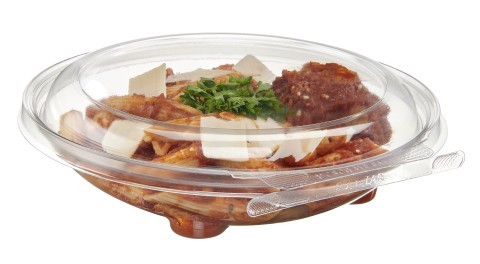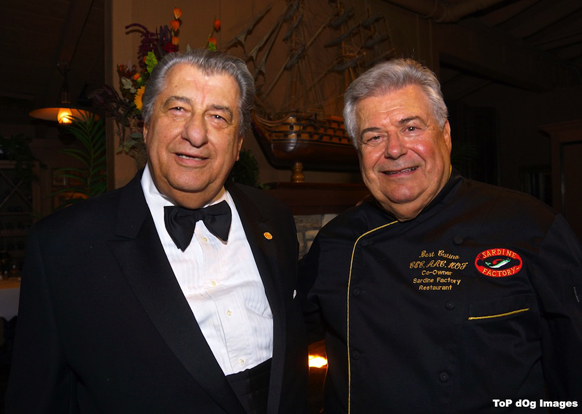By Scott Harkey, Founder, Managing Partner, OH Partners
Consumer packaged goods (CPG) brands are continuing to see a major shift in consumer behavior and mindset through the pandemic, giving them opportunities to market themselves in a new and innovative way. With more consumers eating and drinking at home and shopping for both groceries and spirits online through apps such as Instacart and Amazon, restaurants and CPG brands must shift their focus and react to the world’s current conditions in order to stay relevant.
CPG Demand Increases 15-20% Since 2019
The path to purchase consumer packaged goods has changed, and consumers have a variety of choices when it comes to grocery shopping. According to the IRI CPG Demand Index, overall CPG demand has increased by 15% to 20% compared with the same period in 2019. CPG companies are seeing more consumers eating at home but also know that they are faced with more stressors than usual. With parents concerned about staying safe while taking on homeschooling with their kids and worrying about the state of the economy, they are seeking more value brands as they shop.
Consumers are also on the hunt for brands that support causes they care about and that play a role in making the world a better place. The demand for action and emotional IQ from brands has increased significantly, and the brands that take the leadership position show their fans and advocates that they are being supported. Overall, companies that hold similar values and support relevant causes will have a greater connection with their consumers. This is especially crucial for premium brands that tend to be overlooked during a crisis or economic downturn because of cost concerns. These brands need to ensure they’re communicating value beyond their cost to illustrate shared consumer missions and values. We saw this during the pandemic with many beer and spirits brands donating to restaurant workers’ funds and converting their distilleries to hand sanitizer factories. Other CPG brands looked for natural ways they could support shuttered local businesses relevant to their customers, such as RX Bar, who partnered with Studio Three in Chicago Shadowbox in New York to bring consumers workouts they could do from home.
Media tactics for CPG brands are also being altered. Strategies that consist of television and sales ads are now put to the side, while social media, public relations, influencers, and digital marketing are the new way forward.
For smaller brands that have traditionally relied on sampling to attract new customers, and especially for spirits brands who relied heavily on in-store and on-premises promotions and giveaways, there are many opportunities to partner with their promotional teams to build them up as experts and online influencers — in cooking, in mixology, in wine pairing. Live online tastings and demonstrations forced brands to connect with their customers and offer more meaningful content and interaction the way you may have previously interacted with your local bartender.
Search and advertising options, not only within Instagram and other social media platforms, but through Instacart and Amazon are huge for changing consumer mindset. With more time on consumers’ hands than ever before, companies have the opportunity to make an impact through these platforms to create an elevated brand identity that helps brands develop deeper connections and engagements.
Read Also: SoHo Thrives in Manchester Center, Vermont – Food & Beverage
Engaging in public relations is also a way to change perception and obtain new brand fans. Every brand has a story to tell and utilizing influencers and thought leaders will help drive brand advocates far beyond basic value consumers expect.
All brands, especially in the CPG and alcohol space, have had to adjust strategies and become agile to retain current brand fans and to gain new consumers. The companies that focus on relevancy and attentiveness through these tough times are the ones that will continue to earn more brand love and ultimately become operationally and strategically superior.








